
Is the Mk4 Toyota Supra The Most Overrated Japanese Performance Car Ever?
- Story By Mike Garrett
Last month on Bring a Trailer, that car auction site that we just can’t take our eyes off, a blue 1993 Toyota Supra Turbo changed hands with a final bid of $49,500.
Not knowing anything else, you’d assume this was a pretty nice buy for one of the most sought-after Japanese sports cars of the 1990s. But this car wasn’t your average Mk4 Supra. In fact it was much worse.

This car had an astonishing 388,000 miles on its odometer, and though still presentable at a glance, the car also need mechanical attention, interior restoration, and worst of all, had some serious rust issues.
Given its mileage and the work it needed, one might expect a car like that to go for maybe $15,000 or $20,000. Not the nearly $50,000 it sold for. Needless to say, the sale set the internet abuzz.
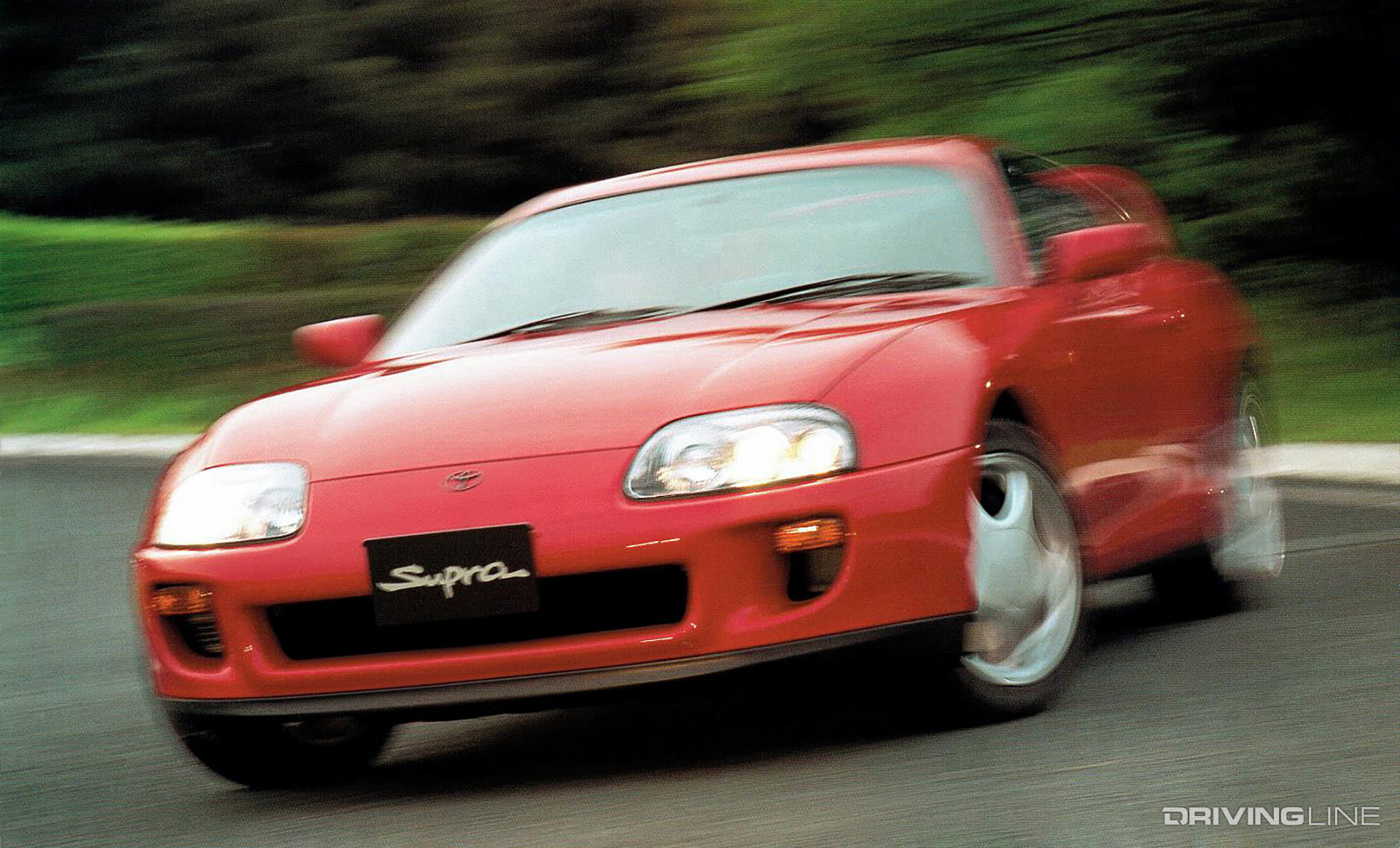
The Ultimate Tuner Car?
Now there’s an argument to be made that the extreme high mileage makes this car a conversation piece and thus boosted its value beyond what it would normally be. But that's hard to quantify. And whether that’s the case or not, it only made me confront the possibility that the fourth-generation Toyota Supra might be the most overhyped Japanese car of all time.
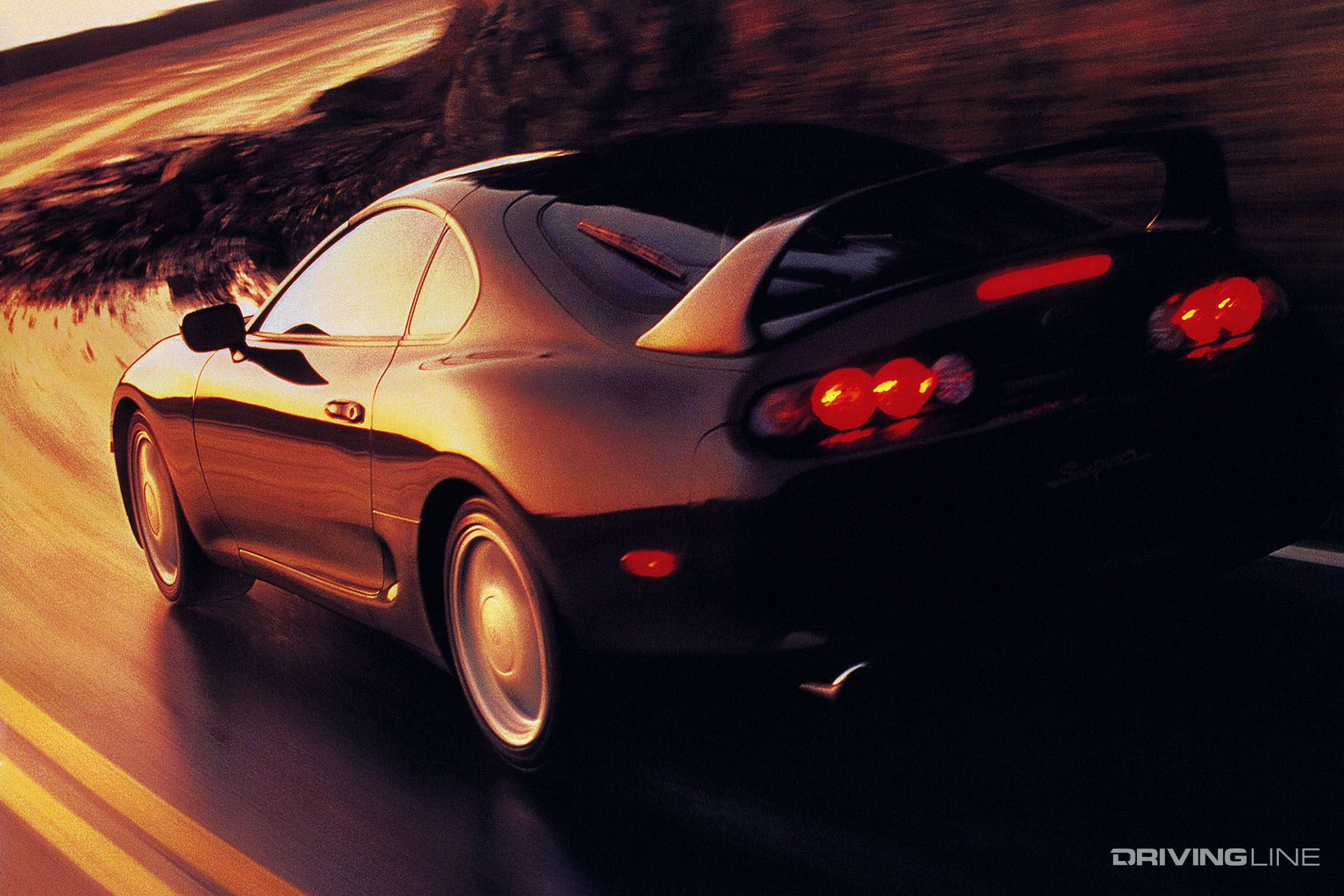
But it is this true? Is the Supra as good as its made out to be? I thought I’d dig into the subject a little further.
To preface, this is not to say I hate or even dislike the fourth-generation Supra. I mean, how could you actually dislike it? I love Japanese cars, especially ones from the ‘90s. And the Mk4 Supra was stylish and quick for its time. And it helped usher in the reign of Toyota’s mighty 2JZ inline-six engine.
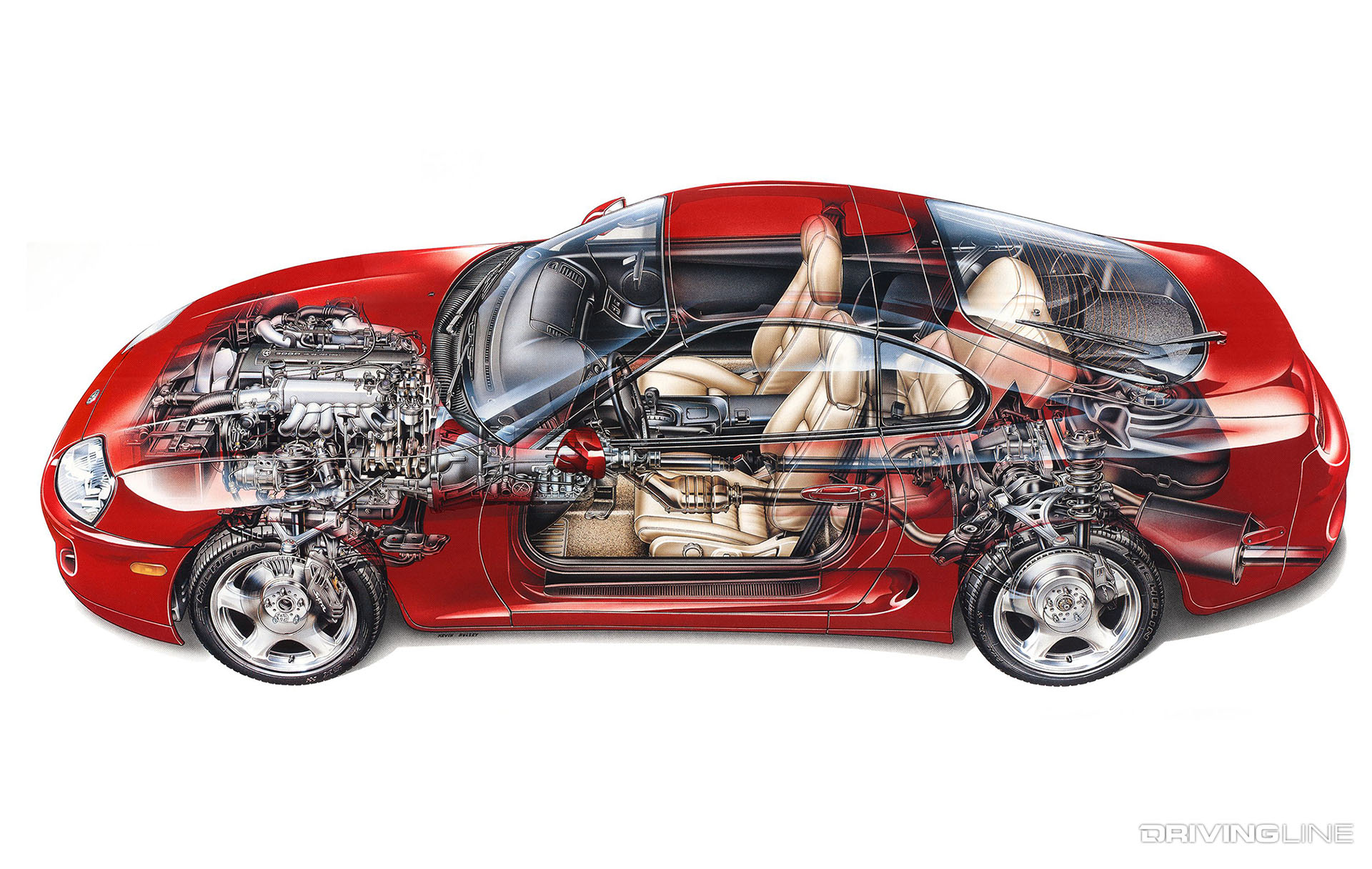
Like most people my age, I have fond memories driving the Supra in video games like the original Need for Speed and Gran Turismo.
But it was some time after that, likely with the release of the original The Fast and the Furious movie and its subsequent sequels, when the Mk4 Supra began to take on a persona that it reality could never quite match.

And as current values demonstrate, that hype has only gotten stronger as the years have gone on.
Beyond the Legend
With that said here are some reasons why, in my view, the Mk4 Supra never quite lived up to its god-like status among fans of Japanese imports.
Evolutionary, not Revolutionary
Unlike, say the first-generation Acura NSX or the R32 Skyline GT-R, the 80-series Supra was not a groundbreaking or genre-changing car when it came out. Instead was an improved version of the third-generation car with similar general dimensions, engine layout and suspension design.
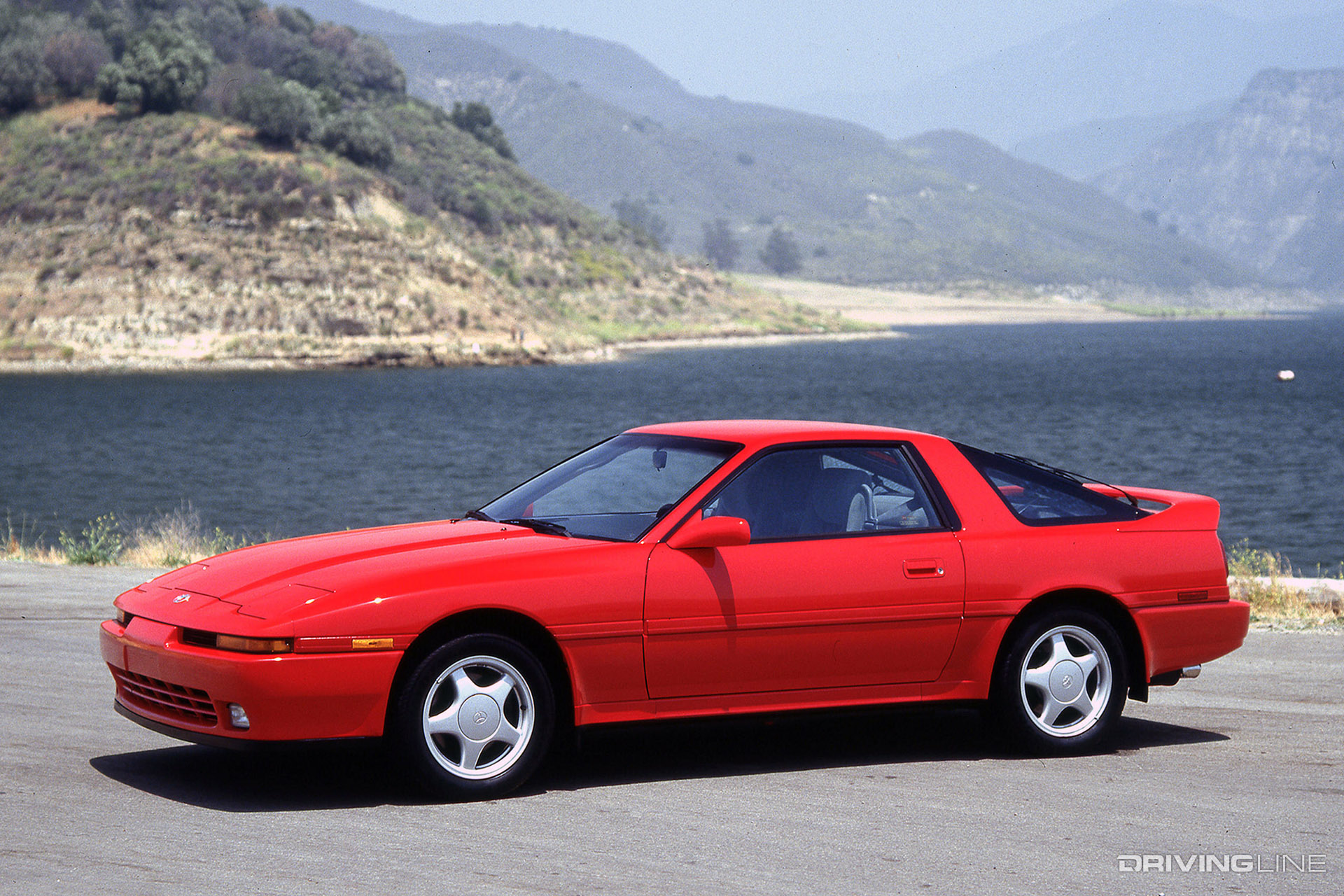
Yes, everything was better, but the Supra was already an established player by the time the Mk4 had arrived — and the third gen cars have never had the same hype aroundthem.
“Generic” Looks
The looks of car will always be completely subjective, but there aren’t many out there who would deny the Mk4 Supra has an attractive design.
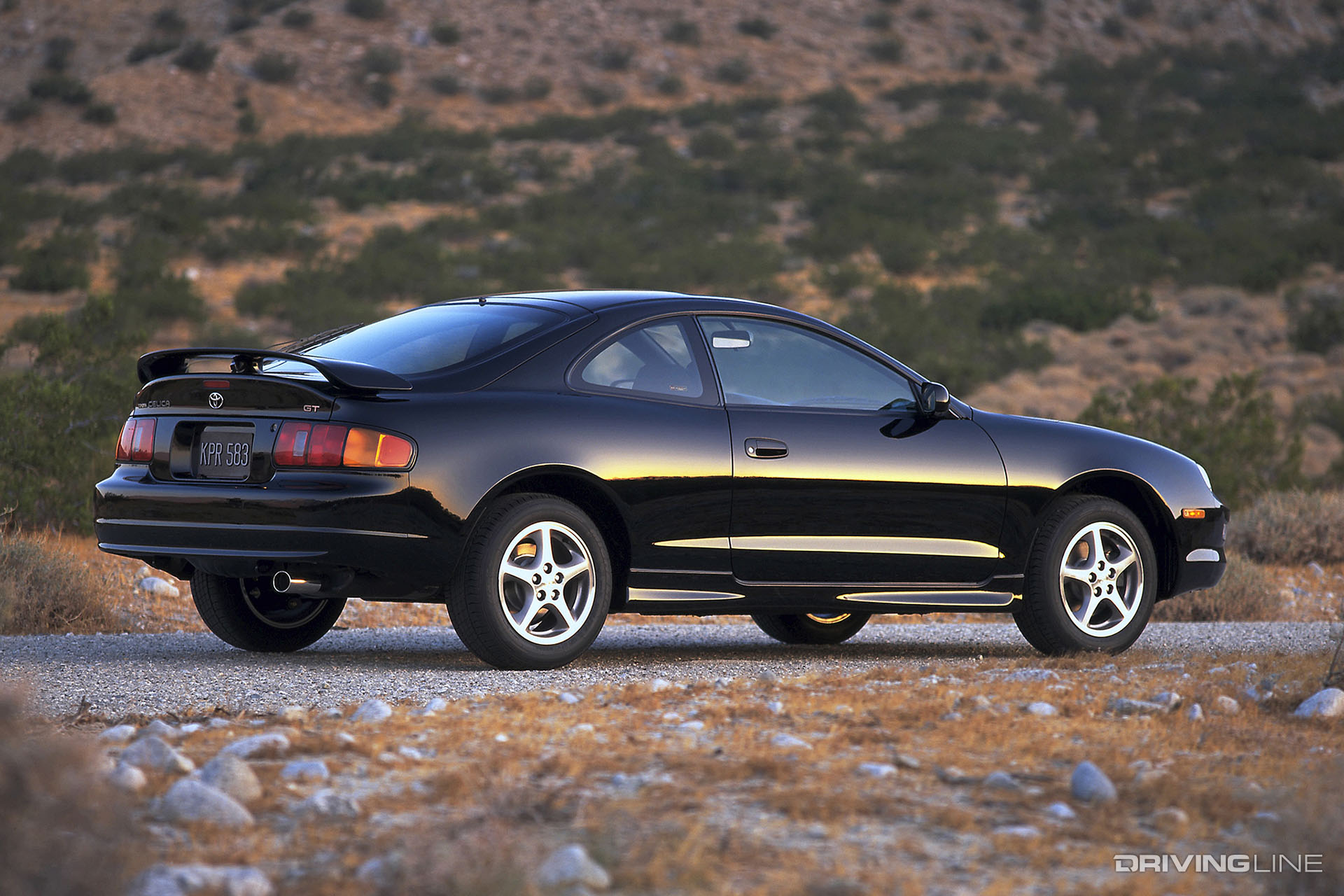
At the same time, there’s nothing especially notable or memorable about the shape. And from some angles it looks a lot like a larger version of the 1990s Toyota Celica.
Collector Car or Hot Rod?
A big part of the appeal of the Supra (especially in the 2000s after production had ended) was its reputation for making big power with aftermarket modifications. But as with almost all collector cars, the most desirable ones today are the unmodified examples.
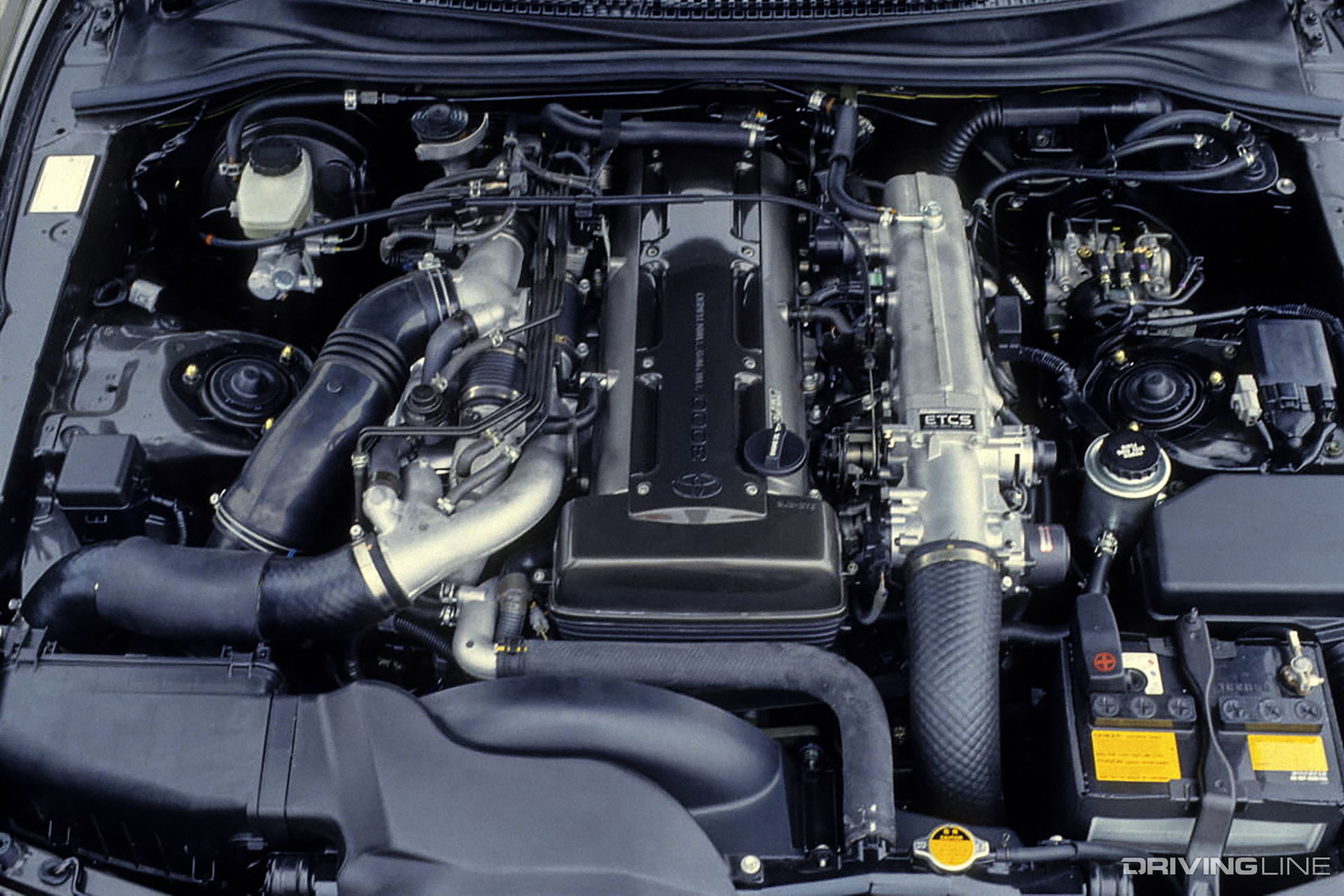
That presents a bit of a Catch 22. A stock Supra was quick for its time, but it’s nothing amazing by today’s performance car standards. And now a base car is too valuable to be a sensible tuner project for all but the most wealthy.
The Unloved Sibling
And speaking of wealth (or lack thereof) one of the biggest reasons the Supra might be overhyped is because Toyota actually built and sold a very similar car at the same time that today is worth only a mere fraction of an 80-Series Supra. That car was the Lexus SC300.
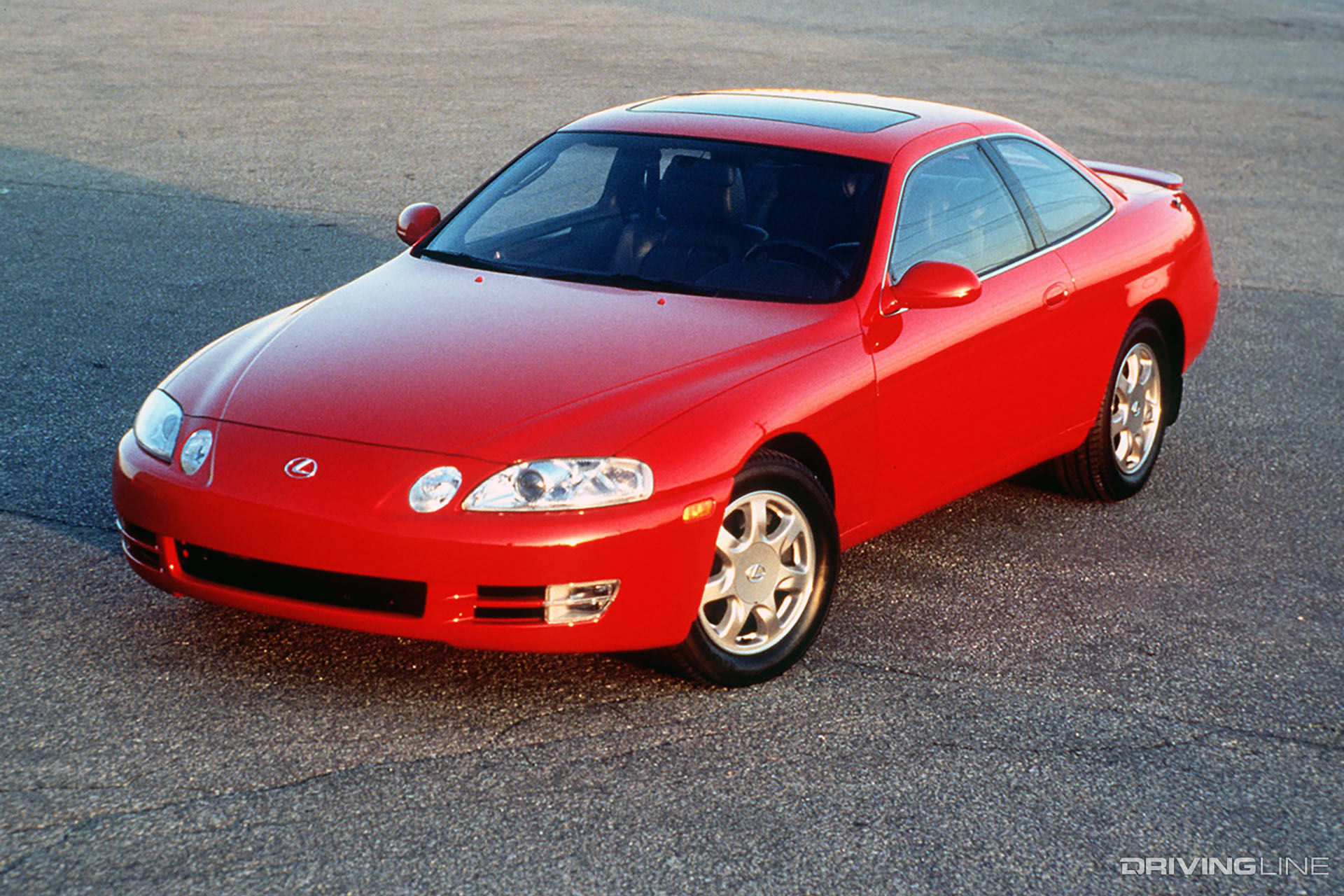
No, the Lexus it didn’t offer the turbocharged 2JZ engine from the factory, but it did share most of the Supra's mechanicals and platform. And after adding a turbocharger or two, the SC has all the same aftermarket potential (and attractive looks of its own). Despite all that, a nice SC300 is still worth only about 1/4 the price of same-year non-turbo Supra and 1/8 the price a Supra Turbo.
Enduring Appeal
It goes without saying the inclusion of the Supra as the hero car in the aforementioned Fast and the Furious film helped build the legend of the Supra. But I knew there was more to it than just that. So I put an open question out to my friends, colleagues and followers to get some more insight on the appeal of the Mk4 Supra. Here’s a consensus of the common responses.

Built Like a Tank
Near universal was an appreciation for the Supra’s build quality and reliability. Beyond just being fast and having lots of aftermarket potential, the Supra is loved for both for its refinement and the feeling that Toyota had put all of its weight behind it.
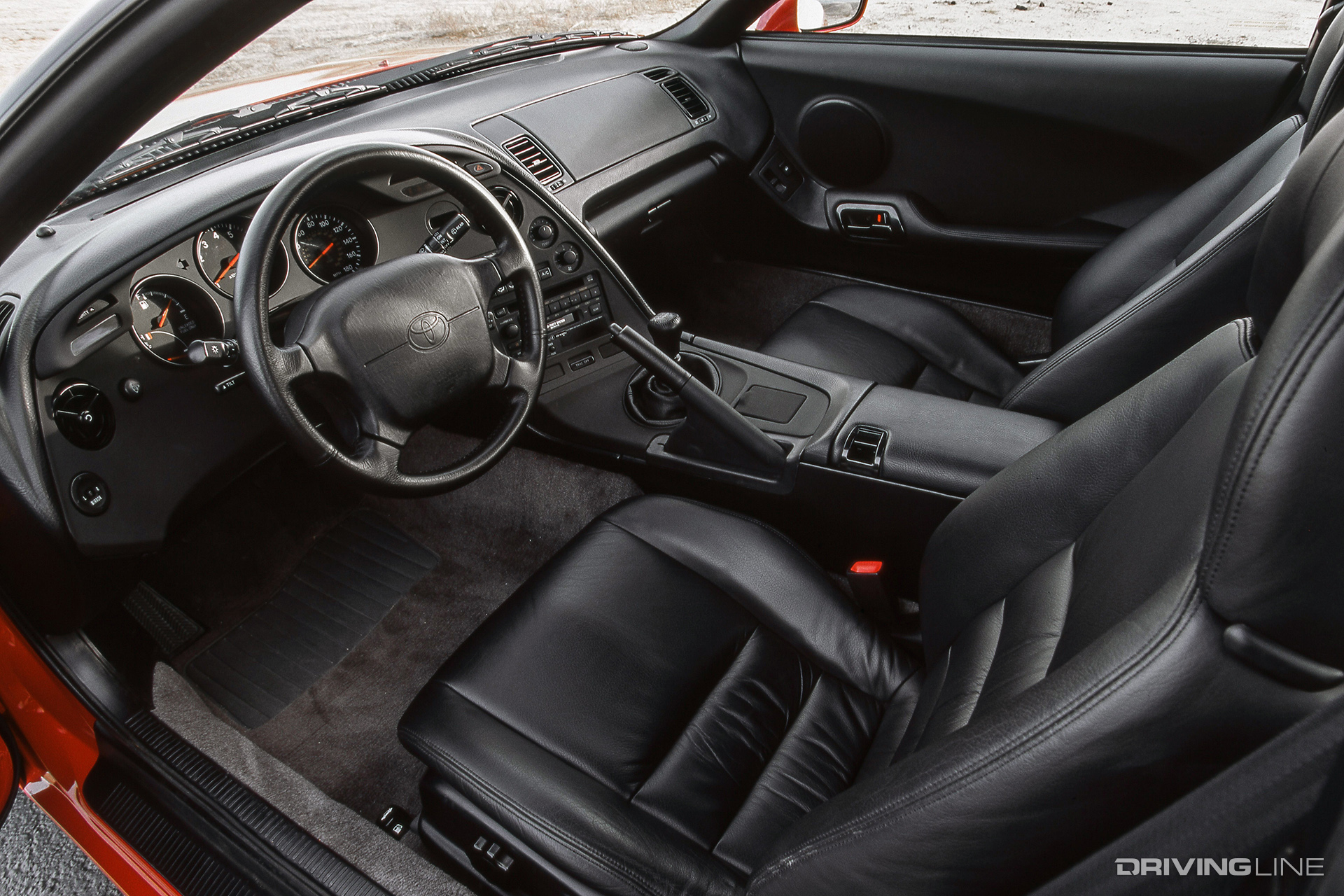
A Japanese Muscle Car
While the NSX was considered more of a precision driver’s car and the Skyline GT-R a forbidden JDM fruit, the Supra was one of the cars that helped prove the raw potential of Japanese imports to American enthusiasts.
From record-breaking drag cars to triple digit horsepower street cars dominating on the highway, the Supra was a true monster in a scene that was usually dominated by American V8s. And that helped it win a lot of fans.
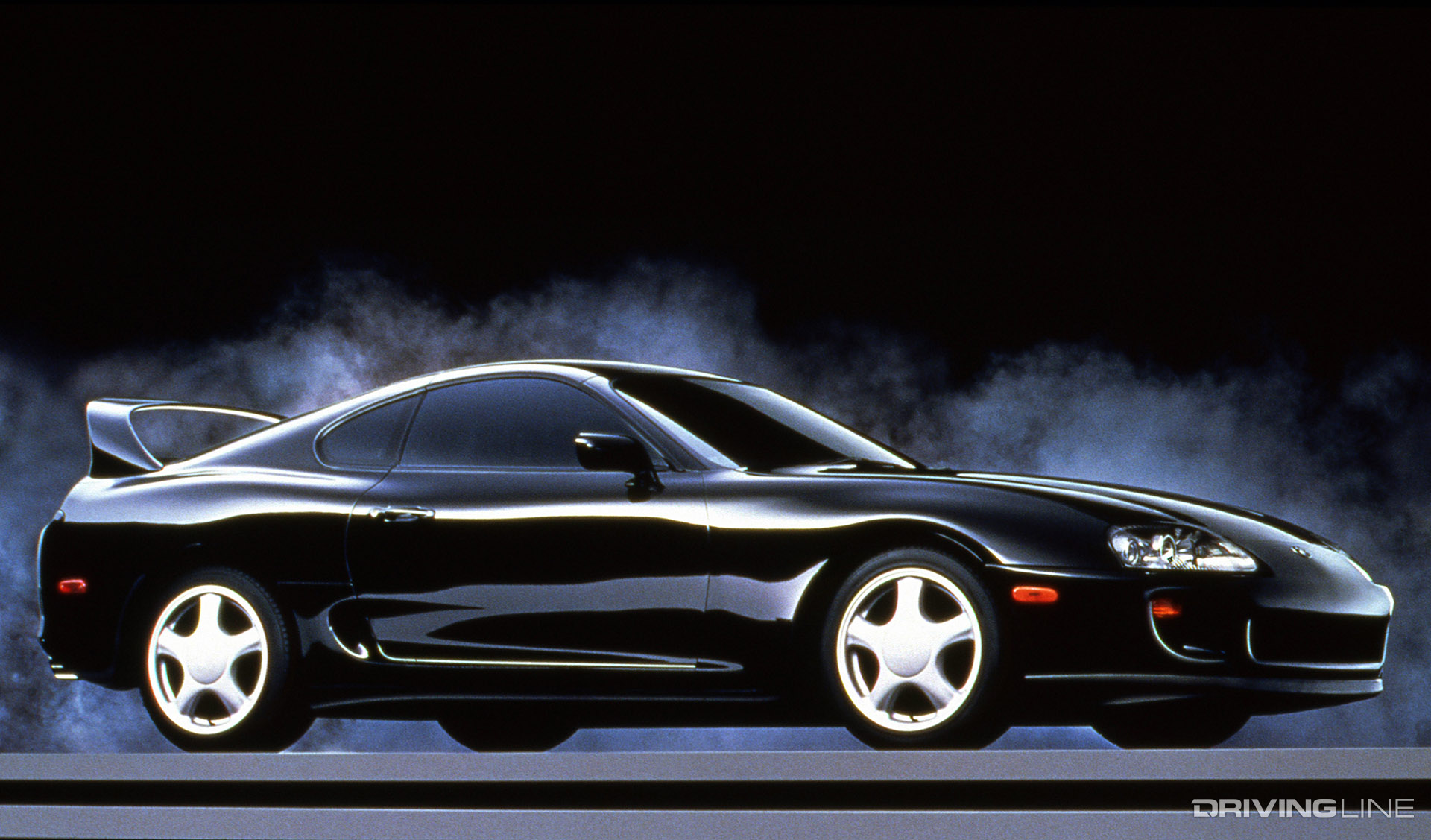
The Last of its Kind
While you could, as I suggested, consider the Mk4’s evolutionary nature to be a downside, many others consider it a major positive. As the Supra developed its reputation through the 1980s and early 90s, the Mk4 was seen as the pinnacle of the era and also the last of its kind.
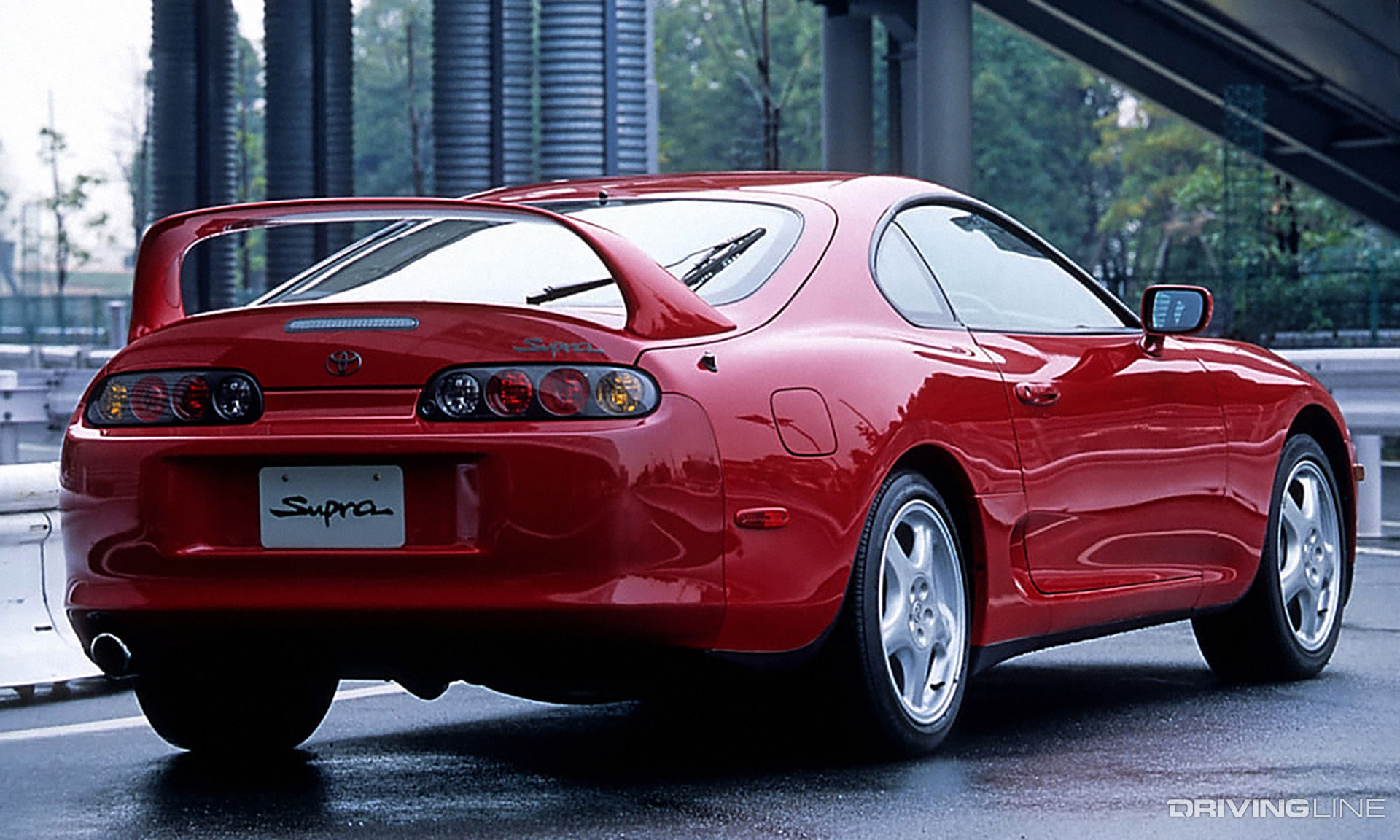
Cultural Touchstone
Even before the Fast and the Furious, the Supra has had become a hero car of sorts. There were the high horsepower tuner versions coming out of Japan: the unforgettable Castrol Tom’s GT race car and many others. For many, it was a dream car that felt fairly attainable.

An Encore for the 2020s?
Finally, you can’t bring up the legend of the Mk4 Supra without bringing up the Mk5 Supra, which Toyota waited nearly 20 years to bring back.
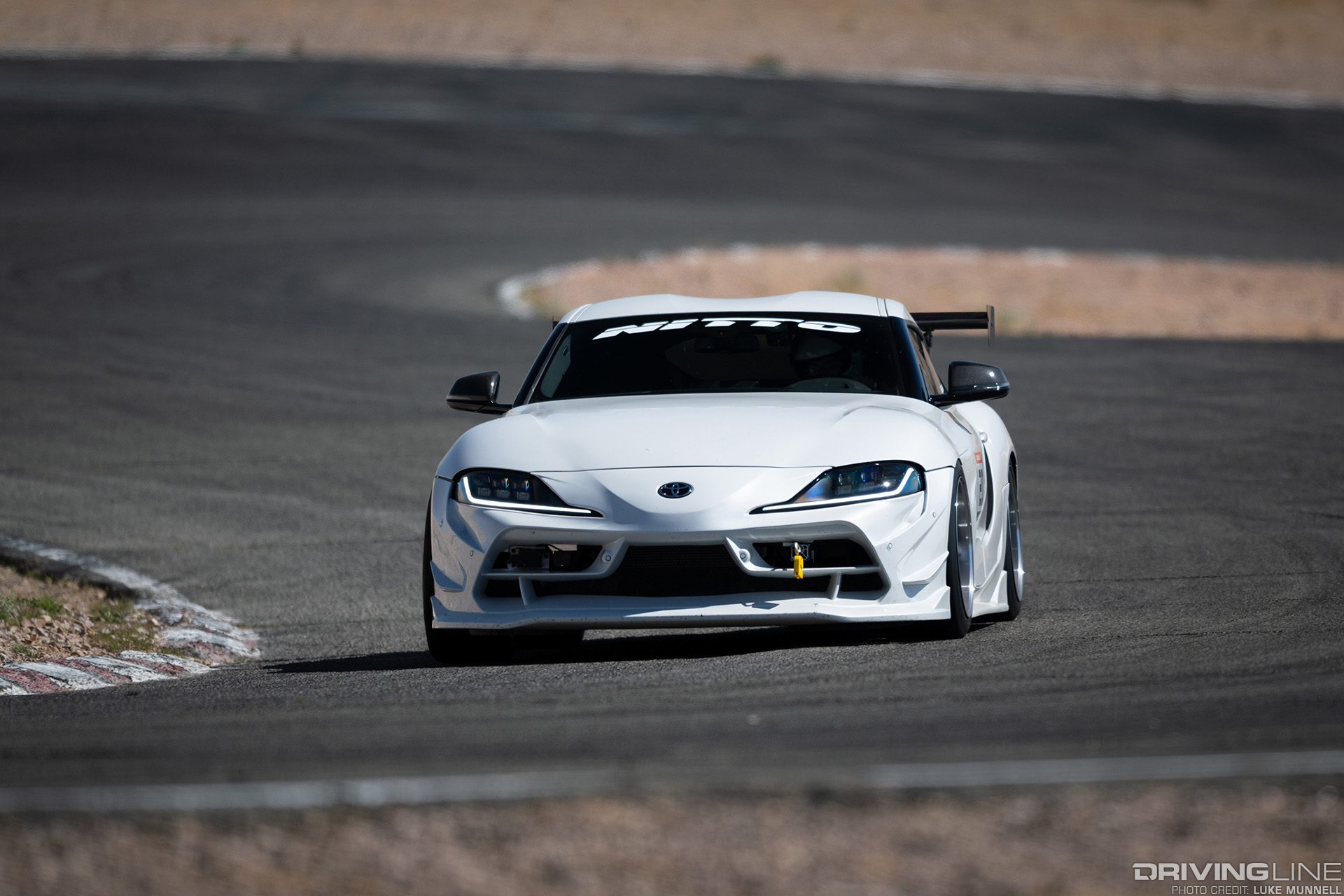
How has the release of the current Supra effected the reputation of the old one? It’s fair to say the new one outperforms the old one quite easily. And while you may think the availability of a brand new Supra would lessen the demand for the old one, the Mk5 model is really its own thing. An acquired taste inspired by, but separate from its beloved namesake.
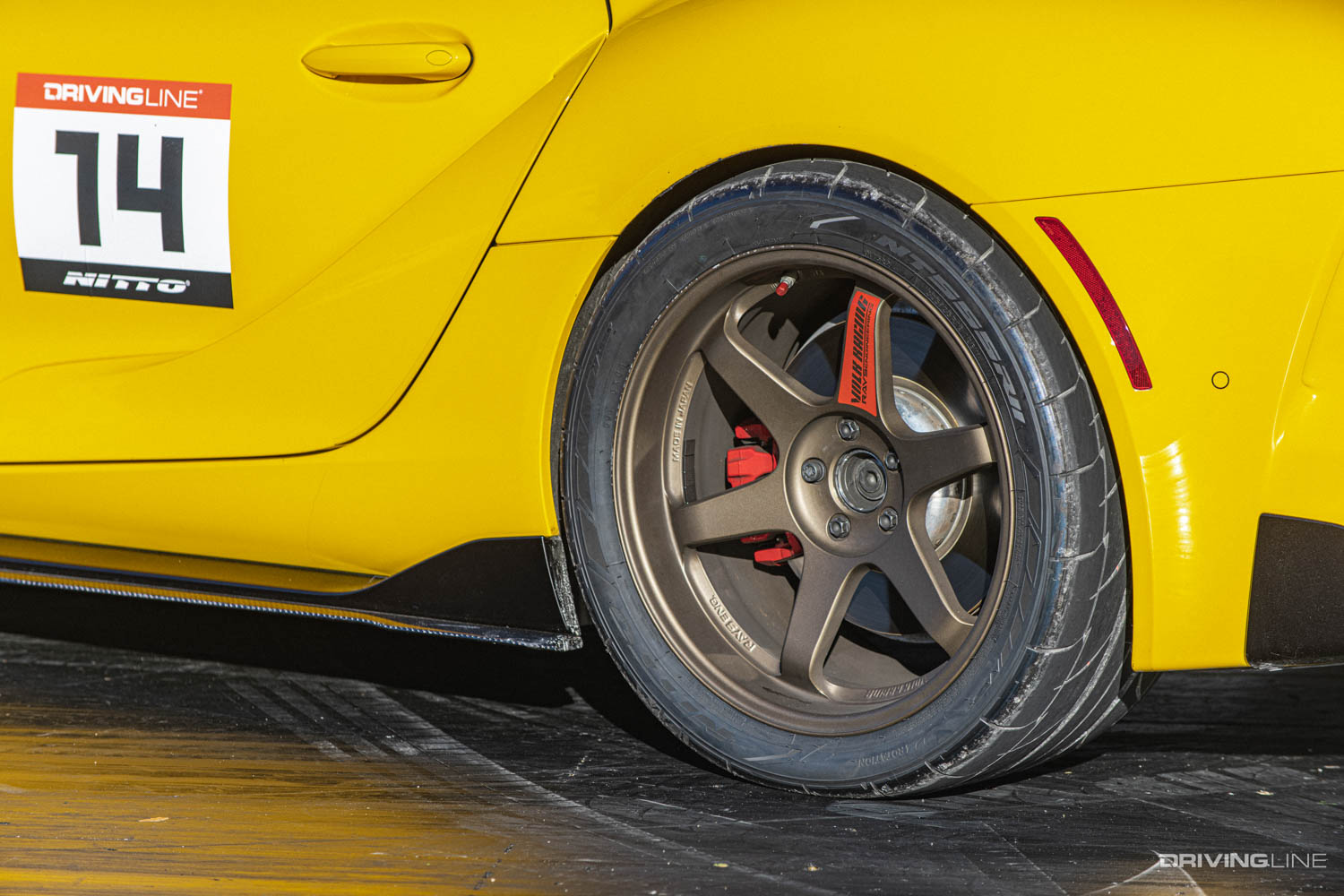
Yes, the latest Supra is made by BMW and has a BMW engine, but it’s also a smaller car — and more of a traditional sports car compared to the GT car that the old Supra was.
That’s not to say the new version is better or worse, but it probably won’t scratch the itch that most hardcore Mk4 fans have. And it surely doesn’t satisfy that craving for nostalgia.
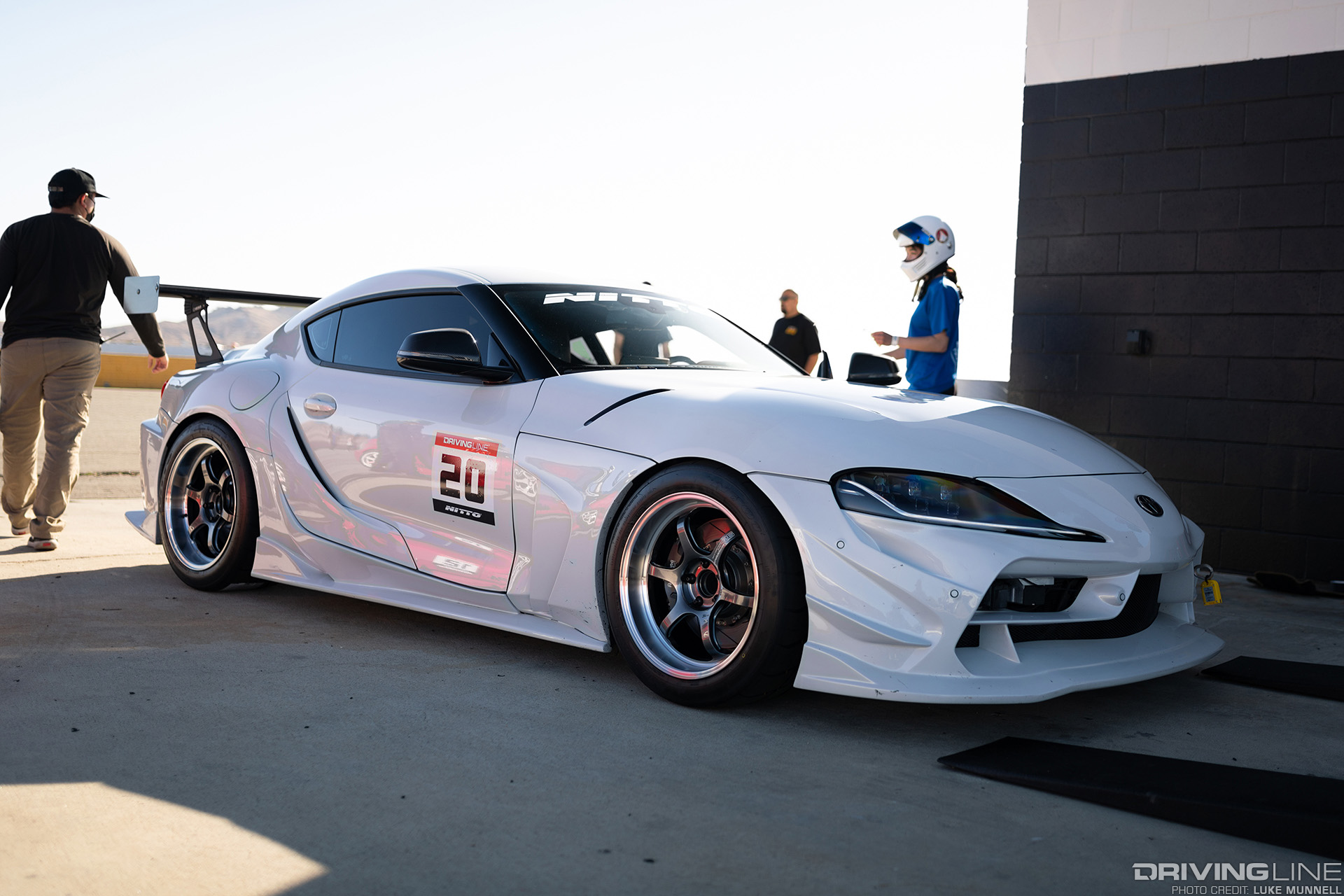
And ultimately, when it comes not just to the Supra but to any beloved car from the past, it’s going to be a lot more about nostalgia and emotional appeal than any sort of tangible performance attribute or modern day value proposition.
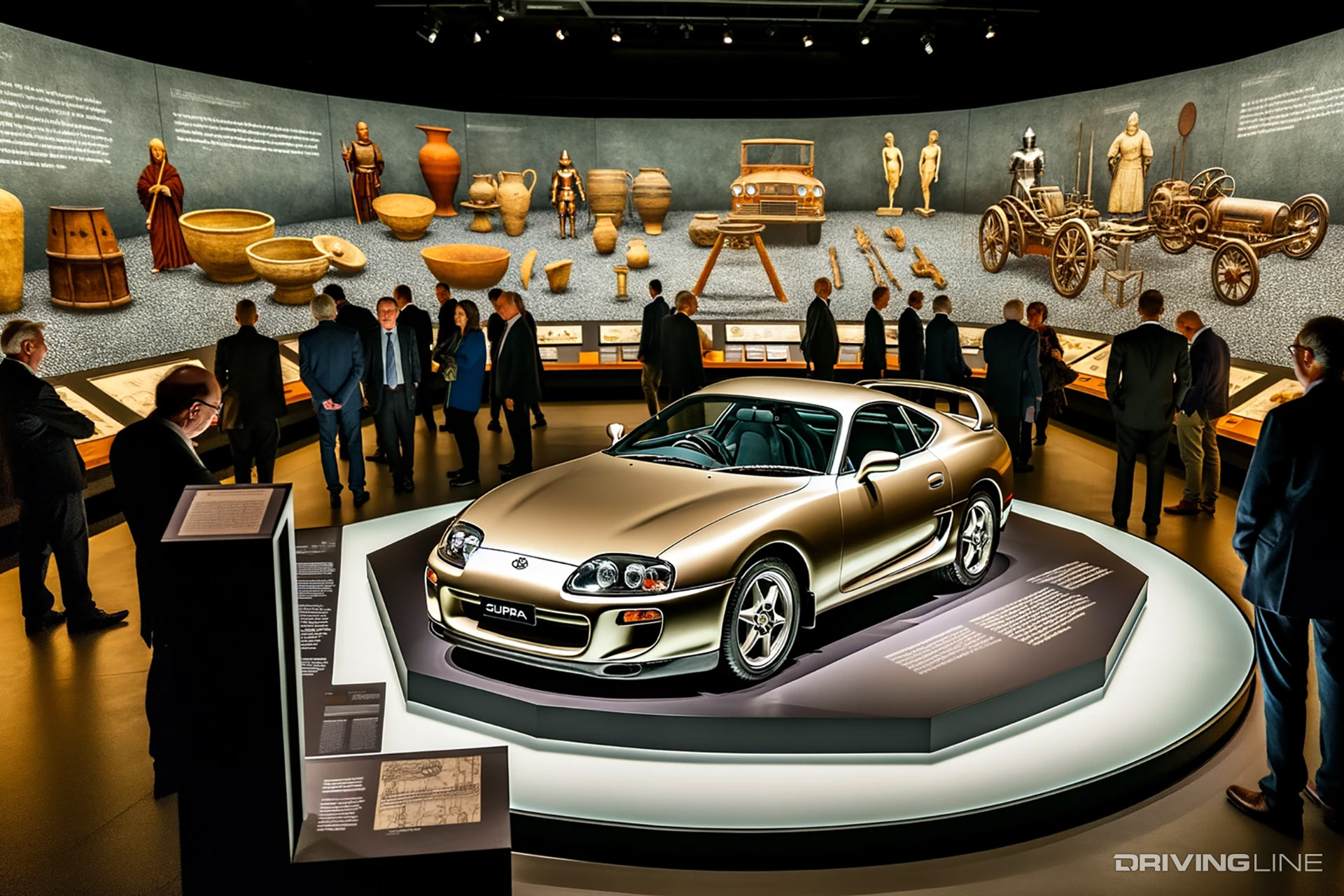
Whether you dream about owning a Mk4 Supra everyday or are someone who never bought into the craze, nobody can deny the impact this car had. And while it’s not a car on my personal dream car list, I can absolutely understand why it’s a dream car for so many.
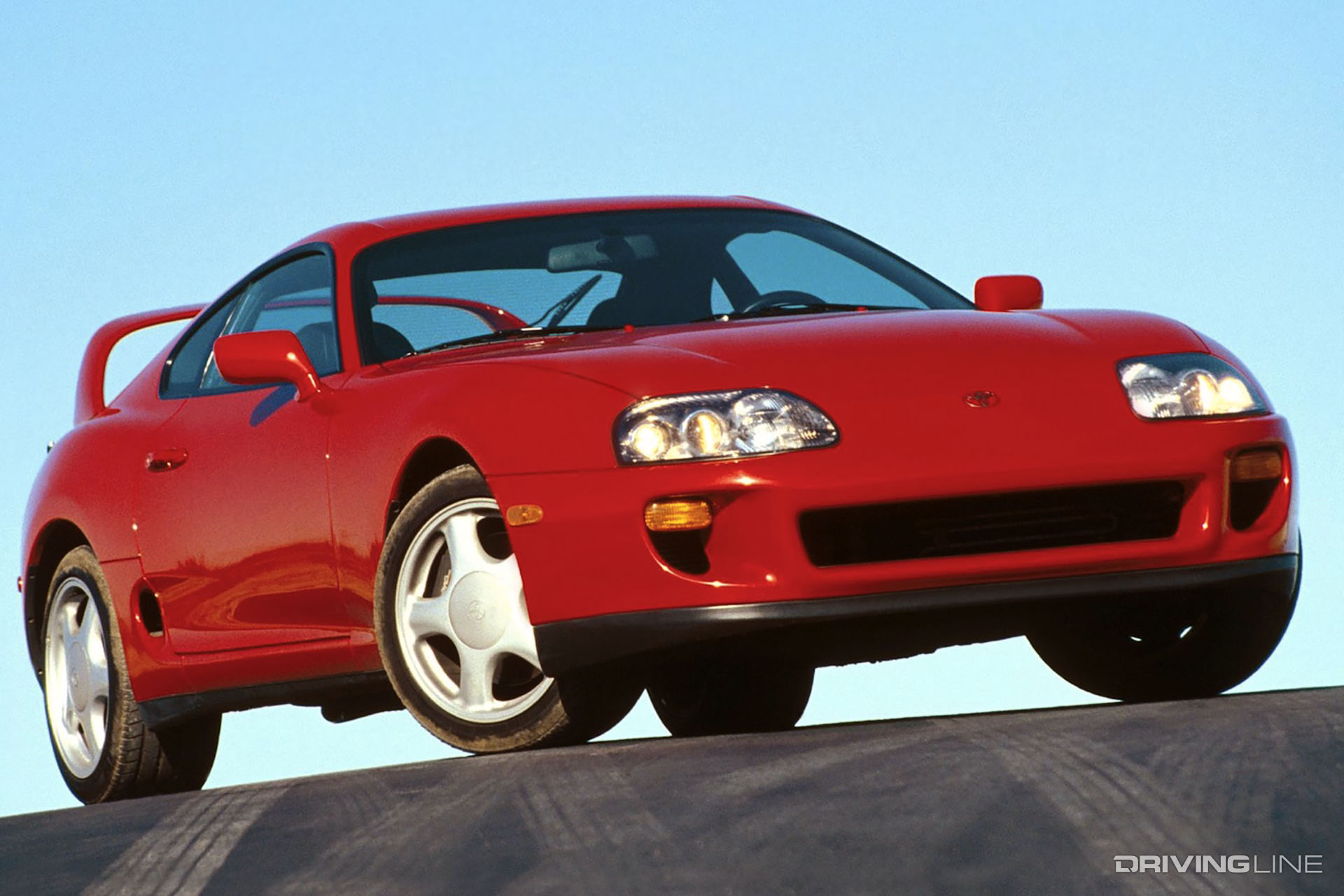
By now it’s clear that the so-called golden era of ‘90s and 2000s tuning coming back and Toyota isn’t going to build another car quite like 80-series Supra again — overhyped or not.
Link nội dung: https://khangdienreal.vn/supra-mk4-a75462.html